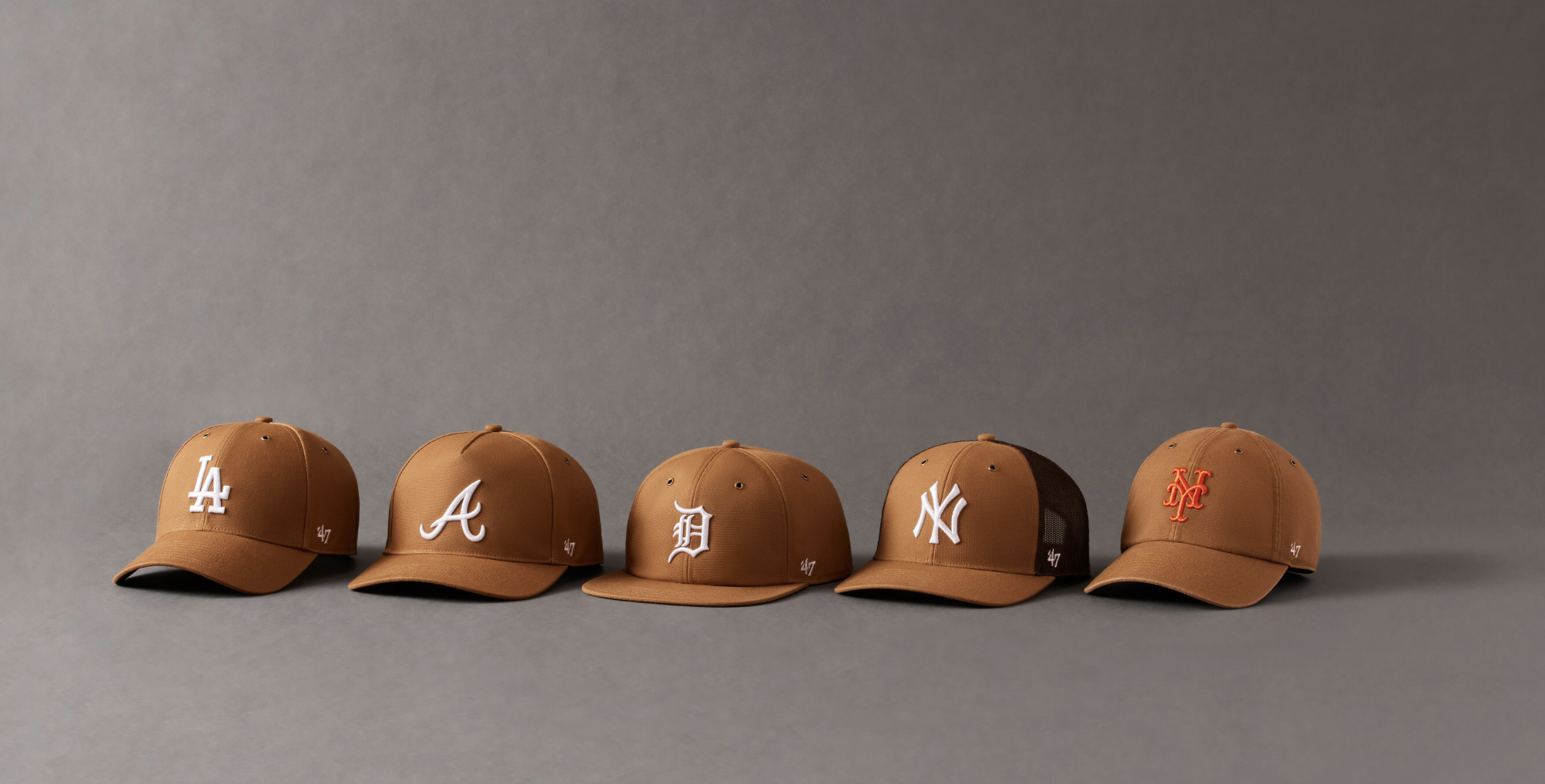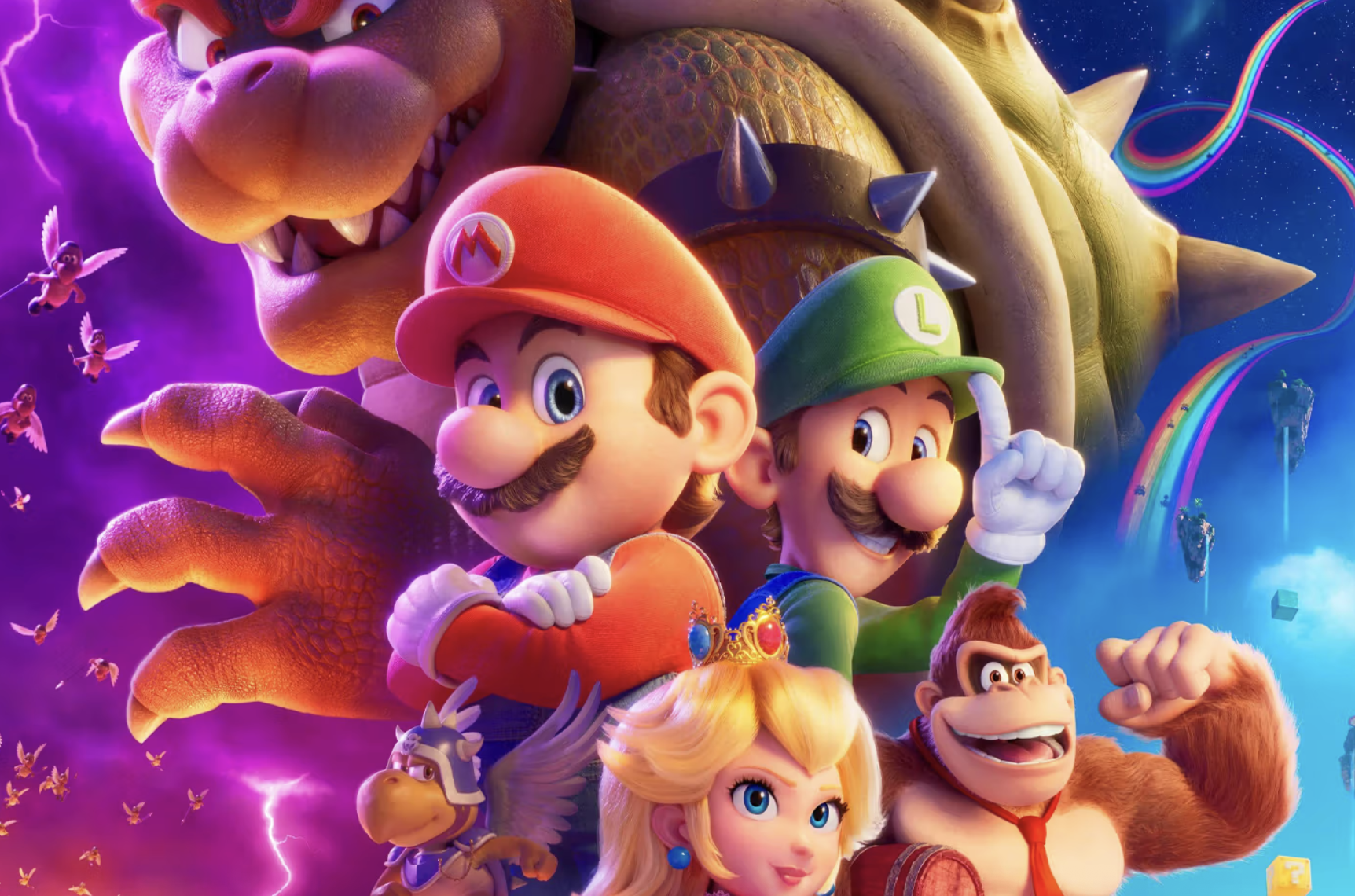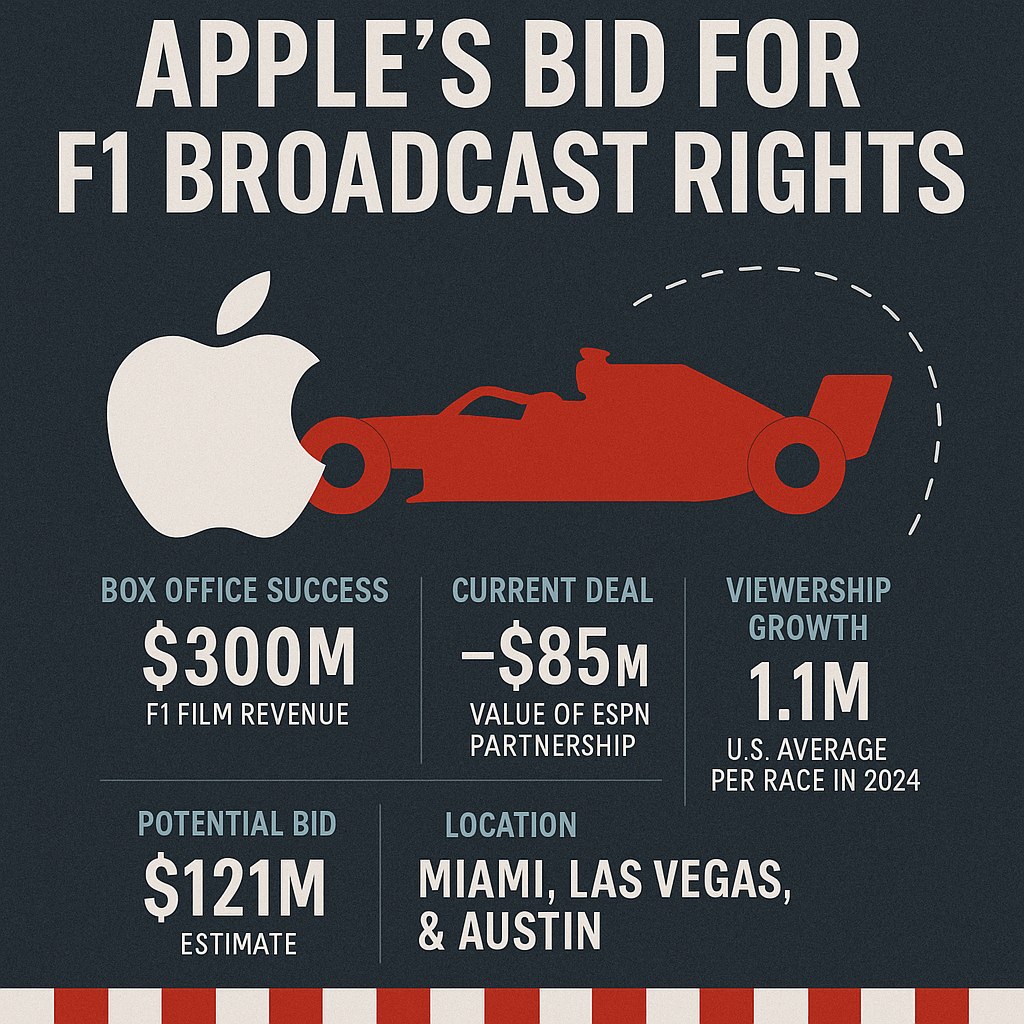In a week that should have celebrated audience growth and digital reach, Formula E instead faced a sobering reality: one of its most prominent teams is folding. The exit of NEOM McLaren from the all-electric championship exposes a deeper commercial dissonance. Behind the hype of record viewership and social media traction lies a harder question for brand and commercial partners: if Formula E is thriving, why are the teams not?
As marketers increasingly chase purpose-led partnerships and sustainability narratives, Formula E ought to be a goldmine. But the McLaren news suggests the series may be struggling to convert cultural relevance into financial resilience.
📈 Pros - Media Metrics and Mission Alignment
Formula E’s headline stats paint a promising picture. According to Nielsen data (via Kantar), the Mexico City E-Prix in January drew 10.5 million viewers - reportedly outpacing the Las Vegas Grand Prix by 80%. Global fan growth hit 23% year-on-year, with 491 million worldwide TV viewers and a billion social media impressions in the 2024-25 season.
Sustainability credentials also remain strong. The championship continues to attract interest from automotive brands keen to explore electrification and R&D in a competitive setting. Jaguar, for example, is committed to the Gen4 rule set through to 2030, tying the series to its electric transformation plans.
⚠️ Cons - Fragile Foundations Beneath the Optics
But the commercial ecosystem behind the scenes tells a different story. Despite its performance pedigree and brand equity, McLaren could not find a buyer for its Formula E operation - a team that had formerly secured titles under the Mercedes EQ guise. This leaves the series with just 10 teams for the 2025-26 season, the lowest number since 2018.
Several manufacturers have scaled back in parallel. Nissan has made deep global cuts, and Jaguar’s current low visibility is the result of a deliberate pause in production as it repositions itself. These shifts reduce the series’ immediate value proposition to sponsors looking for exposure through top-tier OEMs.
🔍 Opportunities - Strategic Repositioning and Brand Utility
Formula E still holds strategic potential for brands, especially those aiming to lead in mobility, innovation and climate-conscious narratives. With growing pressure on brands to back up ESG claims with action, Formula E offers a live testbed for visibility, R&D, and storytelling.
There’s also scope for activation innovation. Beyond standard sponsorship, Formula E allows for immersive, city-based brand experiences in key global markets. Tapping into these opportunities with clearer, more credible metrics could help unlock new value.
🚧 Challenges - Monetisation, Trust, and Transparency
One of Formula E’s biggest issues is the apparent disconnect between its audience claims and the commercial traction of its teams. If millions are watching, why aren't sponsors queuing up? This raises doubts about the valuation and verification of its metrics - a concern amplified by the fact that the data is paid for and disseminated by the series itself.
There are also internal tensions. Cost-cutting within the organisation, changes to marketing operations, and expensive misfires like the “Evo Sessions” in March suggest financial constraints are tightening. And while media headlines suggest growth, insiders are increasingly aware of the contradiction between external optics and internal reality.
🧠 Key Takeouts
Formula E’s reported media growth is not translating into team sustainability or sponsorship inflows.
McLaren’s exit raises serious questions about the financial health and structural appeal of the series.
The series still holds brand potential but must bridge the gap between purpose-led optics and commercial outcomes.
Trust in metrics, clarity on ROI, and a focus on tangible brand utility are essential for future success.
🏁 Next Steps for Brand Marketers
Interrogate the numbers. Don’t take audience stats at face value - ask how metrics are verified and what engagement actually looks like.
Use Formula E as a pilot lab. Brands can explore sustainability innovation, test product integrations and deploy experiential campaigns in future-facing cities.
Invest in long-term credibility. Partnering with teams or activations that offer transparency and consistency will pay off more than splashy title deals.
Monitor mobility trends. As EV adoption scales globally, Formula E could become more commercially valuable - but it’s not there yet.
For further analysis on the McLaren Formula E team’s closure and the commercial contradictions surrounding the series, see Sam Smith’s excellent piece for The Race: “McLaren exit poses uncomfortable questions about Formula E 'bubble'” (Jul 10, 2025).



















